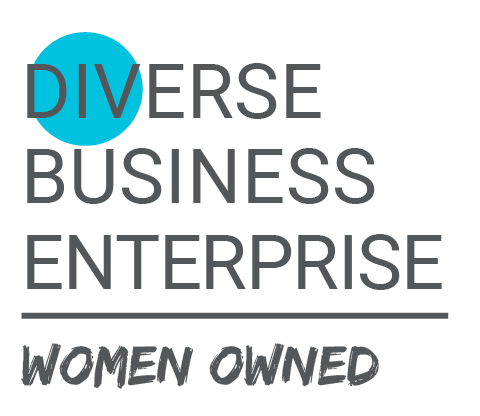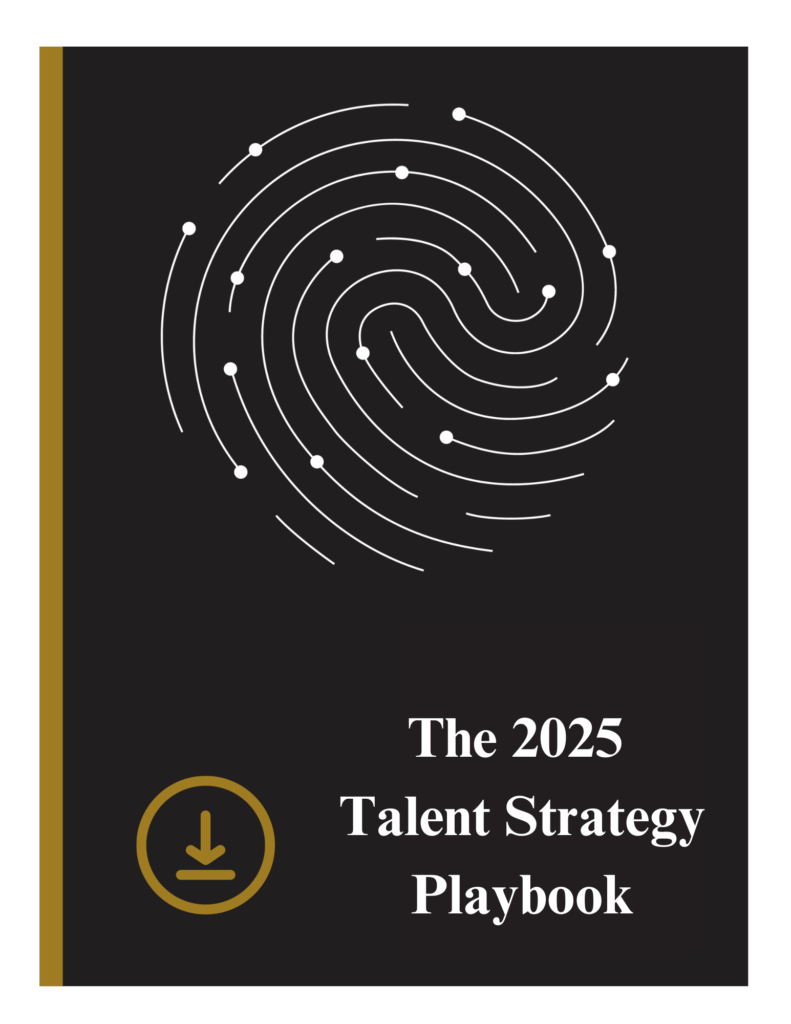Social media has evolved into more than just a platform for casual interaction. It has become an essential tool for executive talent acquisition, offering a unique opportunity to connect with high-level candidates where they spend a significant amount of time. As recruitment strategies continue to adapt to the digital age, leveraging social media for executive hiring is no longer optional but necessary. Whether you’re sourcing candidates for C-suite positions or senior leadership roles, social media provides a level of access and reach that traditional methods simply can’t match. Platforms like LinkedIn, Twitter/X, and even Instagram allow recruiters to target individuals based on specific qualifications, interests, and even professional connections, offering a highly personalized and proactive approach.
For executive recruiters, this is an unparalleled opportunity to engage with top-tier talent — candidates who may not be actively job hunting but are open to conversations that align with their career aspirations. However, simply being present on social media isn’t enough. To be truly effective, recruiters need a strategy that encompasses branding, relationship building, and targeted outreach. In this blog, we’ll explore how you can leverage social media effectively to not only find executive talent but to engage with them in ways that build long-term professional relationships and lead to successful placements.
- Enhance Your Employer Brand
Your employer brand is your company’s reputation as a place to work, and it speaks volumes to potential executive candidates. Social media provides an opportunity to share your company culture, values, leadership philosophy, and the success stories of your executives. LinkedIn, Instagram, and Google Reviews can highlight everything from employee testimonials and community involvement to innovative projects and company achievements. A well-rounded employer brand will resonate with top executives who are looking for more than just a paycheck—they want to work for a company that aligns with their values and vision. - Targeted Outreach on LinkedIn
LinkedIn is arguably the most powerful platform for executive recruiting. With its robust search features, you can narrow down candidates based on specific qualifications, experience, location, and even connections to your company. Beyond searching, you can use LinkedIn to post job openings, share leadership content, and engage directly with candidates. Engaging with your target audience through comments, direct messages, and group discussions can also help establish relationships and trust long before the formal interview process begins. - Utilize Industry-Specific Groups
LinkedIn Groups and Facebook Groups are great spaces for executive candidates to connect with peers, share insights, and discuss industry trends. These groups are ideal for networking and identifying high-level talent who might not be actively looking for a new role but are open to opportunities. As a recruiter, participating in these groups and sharing relevant content can increase your visibility and position you as an expert in the industry. - Showcase Thought Leadership
Executive candidates are often drawn to organizations led by individuals who are thought leaders in their field. By sharing valuable insights, articles, and commentary on relevant industry trends, you can not only attract top talent but also showcase your company’s leadership as forward-thinking and innovative. Platforms like LinkedIn and Twitter/X are ideal for sharing this content, allowing your company’s executives to demonstrate their knowledge and expertise, which can, in turn, attract high-caliber candidates. - Leverage Social Media Ads
Social media ads, especially on platforms like LinkedIn, can be a cost-effective and targeted way to reach potential executive candidates. You can create highly targeted ad campaigns that are tailored to specific job titles, industries, experience levels, and even locations. With precise targeting, you can ensure that your job ads are reaching the right audience, making your recruiting efforts more efficient. - Social Media Listening
Effective social media recruiting isn’t just about what you post—it’s also about what you listen to. Social media listening tools allow you to monitor conversations around industry-specific keywords, job titles, and your competitors. By keeping an ear to the ground, you can identify emerging trends, spot potential candidates, and even track the online activity of executives you may want to approach. - Build Relationships Before You Need Them
One of the most significant advantages of using social media for executive talent acquisition is the ability to build relationships with potential candidates before you even have a job opening. By engaging with professionals on social platforms, you can nurture long-term connections and create a network of highly-qualified candidates who might be a good fit when an opportunity arises. - Use Video Content to Connect on a Personal Level
Video is one of the most engaging forms of content on social media. By sharing behind-the-scenes glimpses into your company culture, interviews with current executives, and executive thought leadership videos, you can create a more personal connection with candidates. This humanizes your recruiting efforts and helps potential hires understand what it would be like to work with your leadership team. - Track and Measure Your Efforts
Like any recruiting strategy, measuring the effectiveness of your social media efforts is crucial. Use analytics tools available on social platforms to track the success of your posts, ads, and engagement levels. You can gauge which platforms and content resonate most with potential executive candidates, allowing you to refine your strategy over time and optimize your results.
Final Thoughts
As the recruiting landscape continues to evolve, social media stands out as one of the most powerful tools for attracting and engaging executive talent. By strategically using these platforms, you can enhance your employer brand, target high-level candidates with precision, and build meaningful relationships long before a job opening arises. Social media enables a more authentic connection with potential hires, offering a window into your company’s culture, leadership, and vision. Whether through thought leadership, direct outreach, or active participation in industry-specific groups, social media provides opportunities for recruiters to make lasting impressions and build a talent pool of high-caliber executives. However, as with any strategy, it’s important to continuously refine your approach, measure your efforts, and adapt to changing trends to stay competitive. The future of executive recruitment is digital, and those who leverage social media effectively will be best positioned to secure the best talent in an increasingly competitive market. With the right mix of engagement, personalization, and brand-building, you can create a dynamic recruiting strategy that not only attracts the best candidates but fosters long-term, mutually beneficial relationships that will drive your business forward.



















